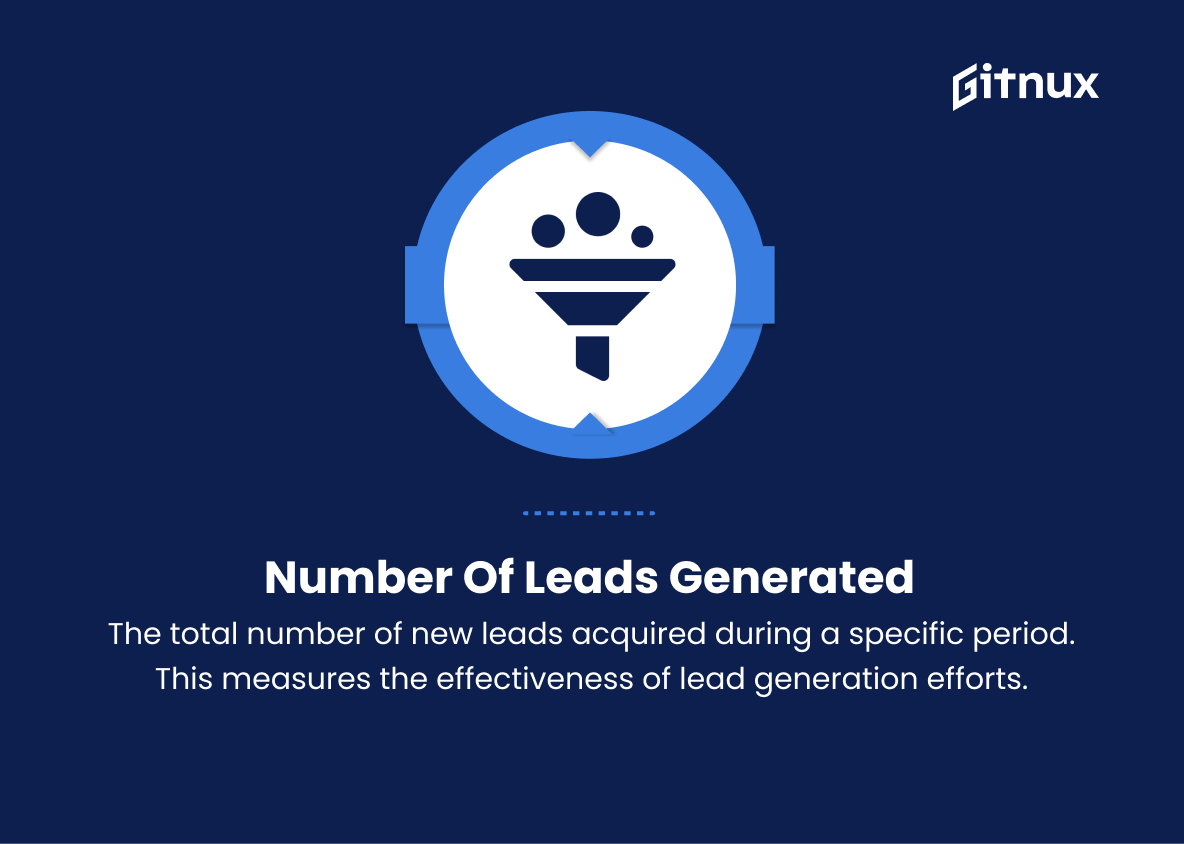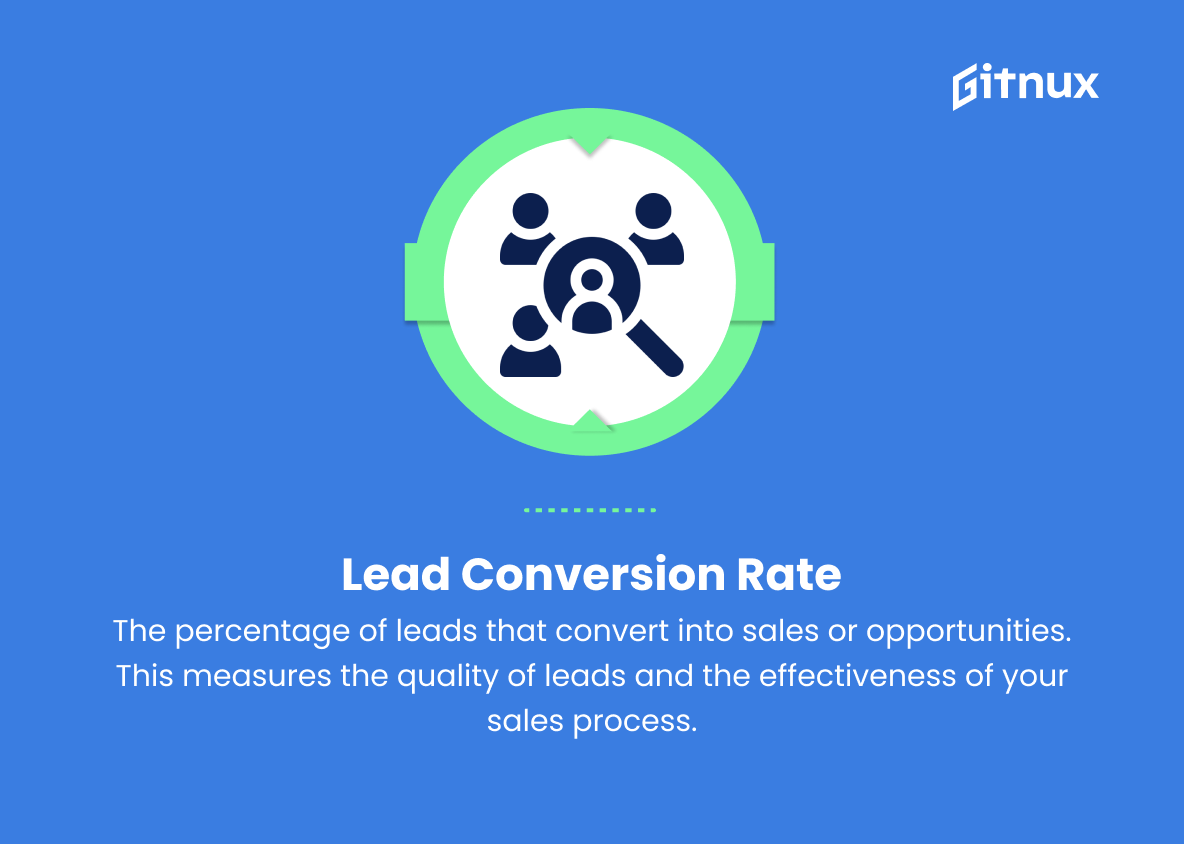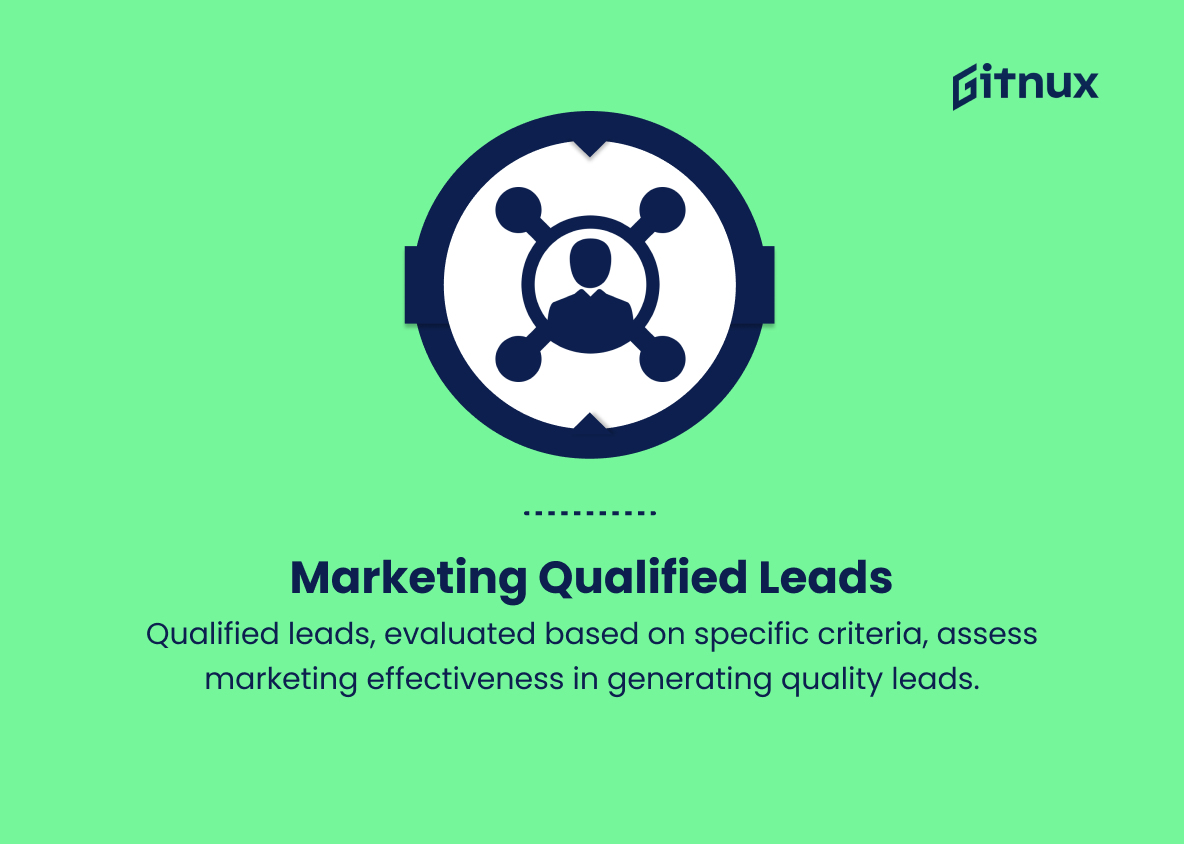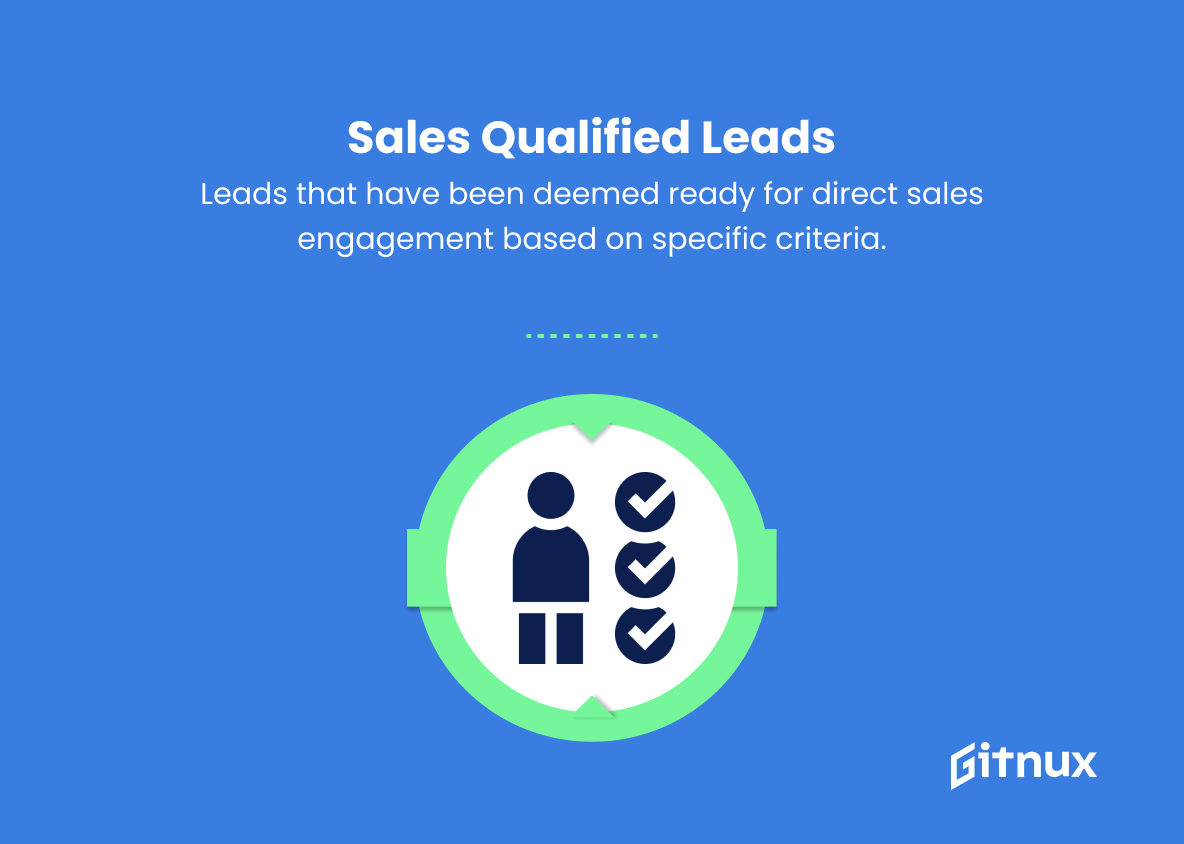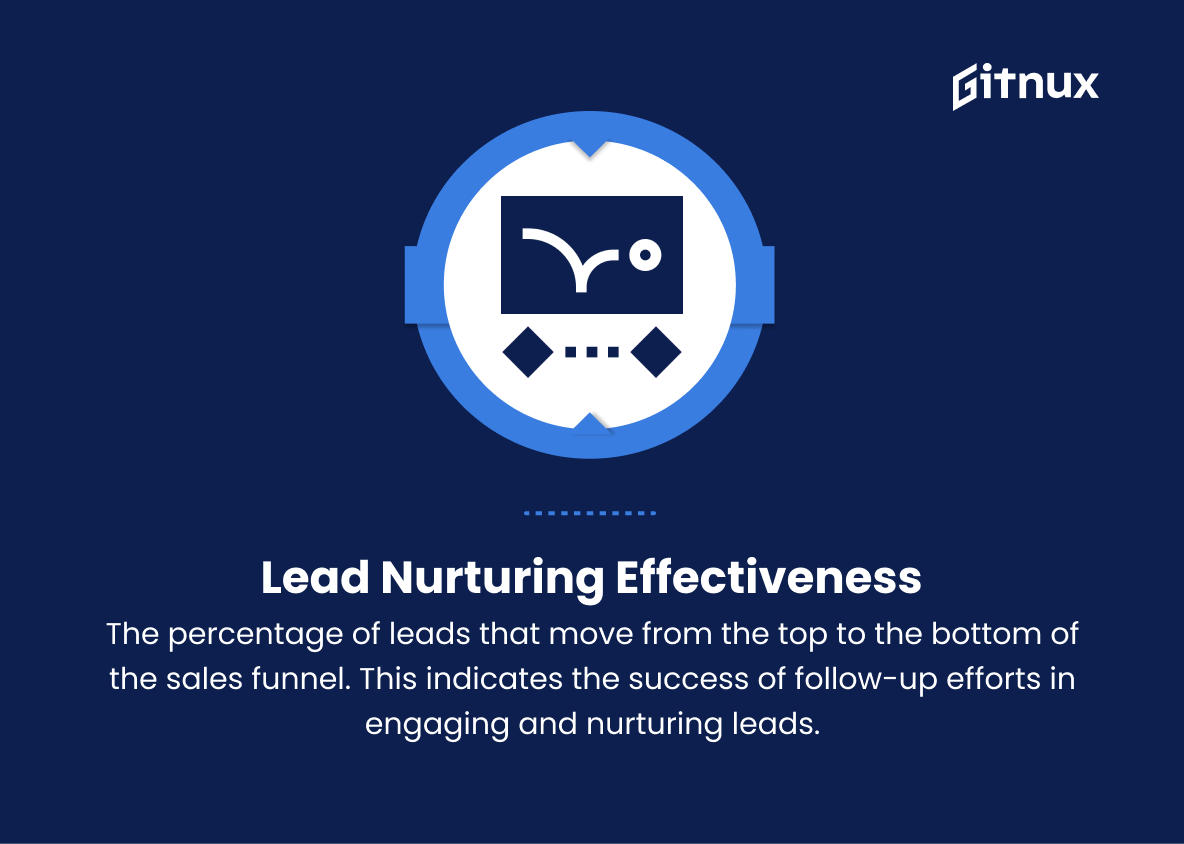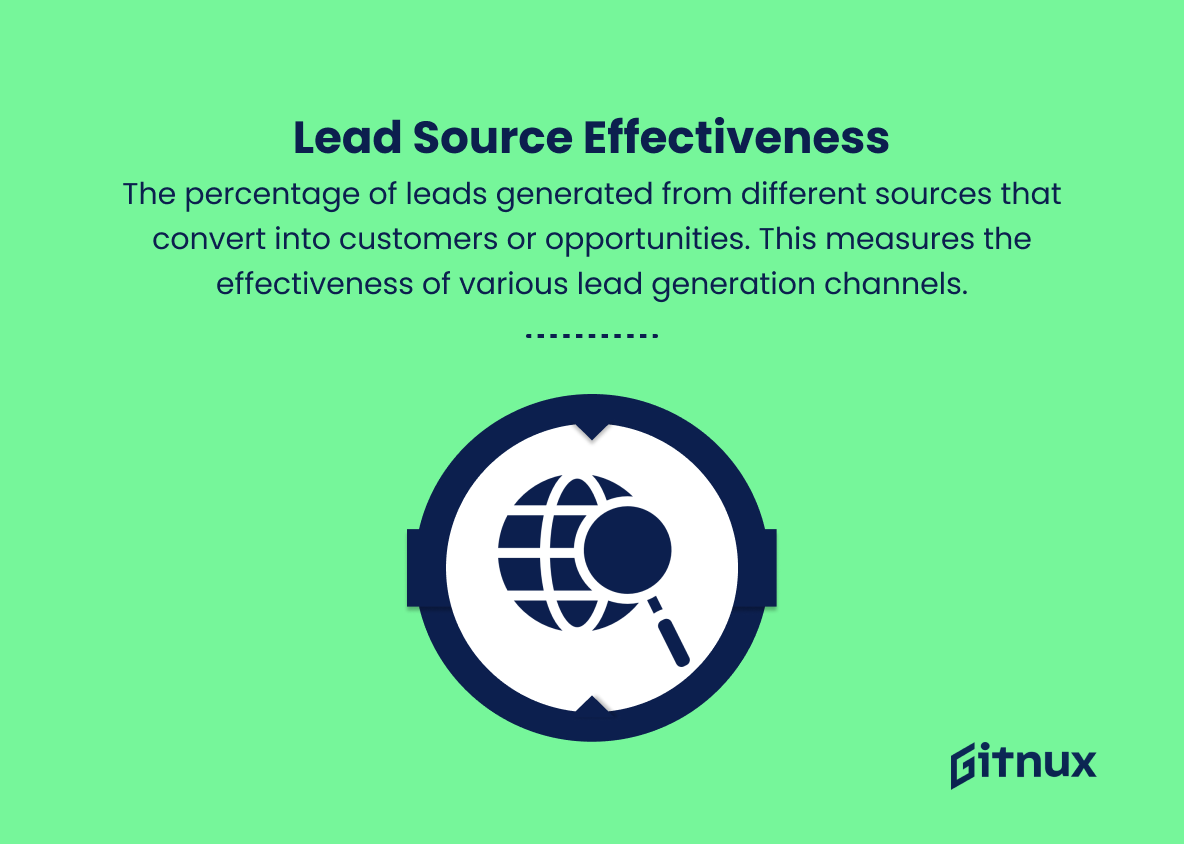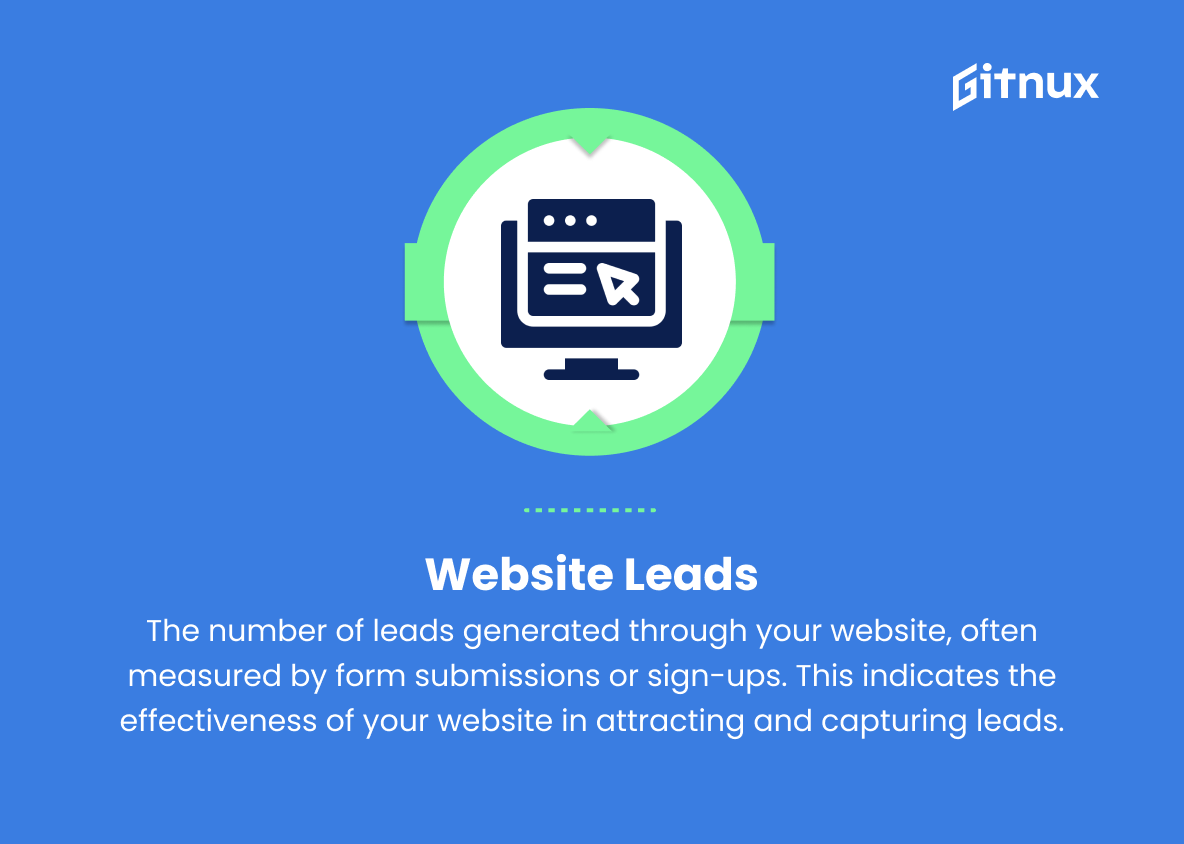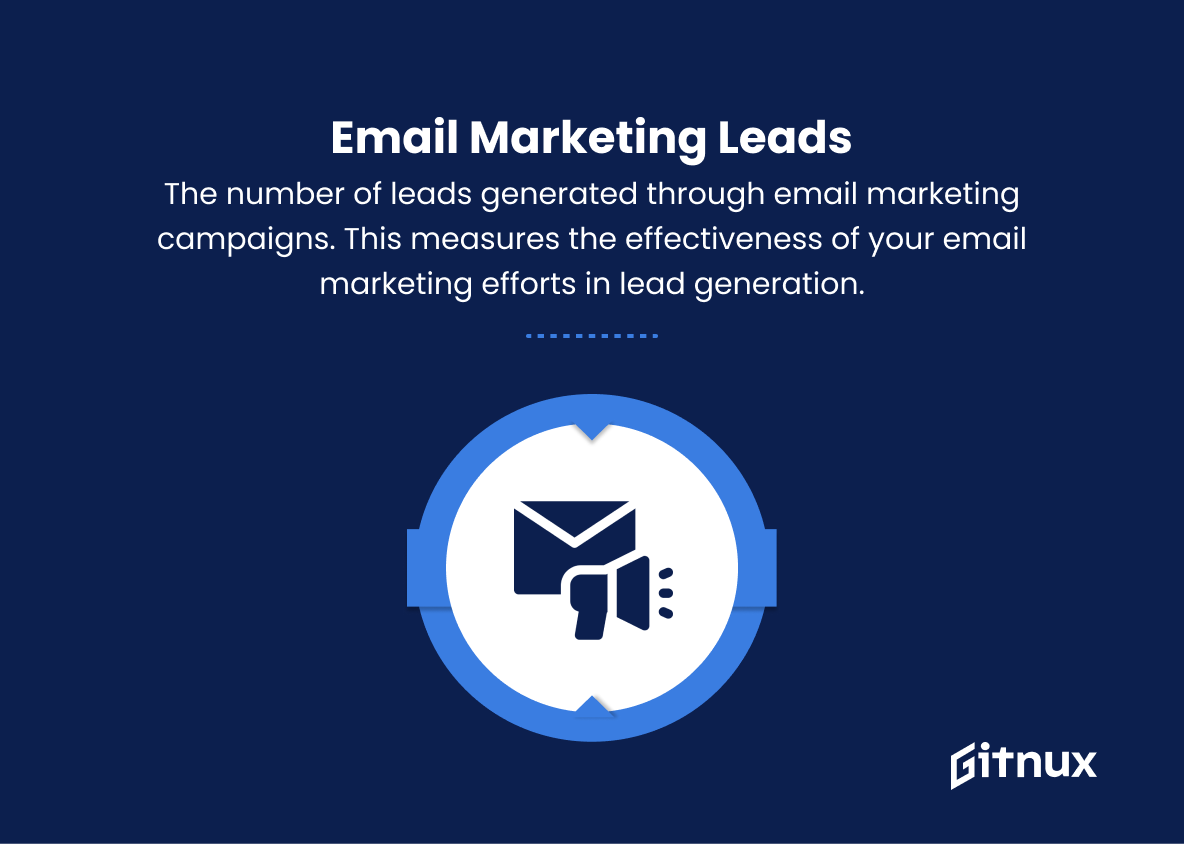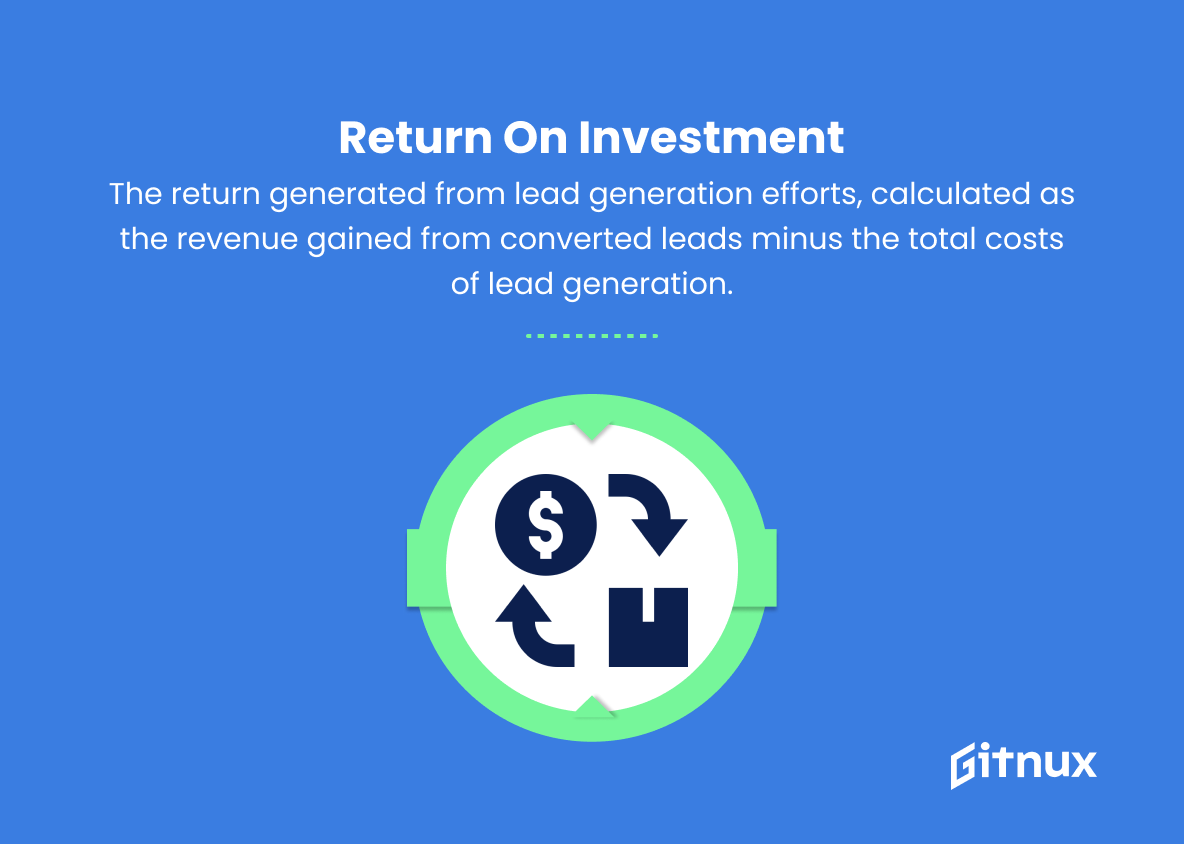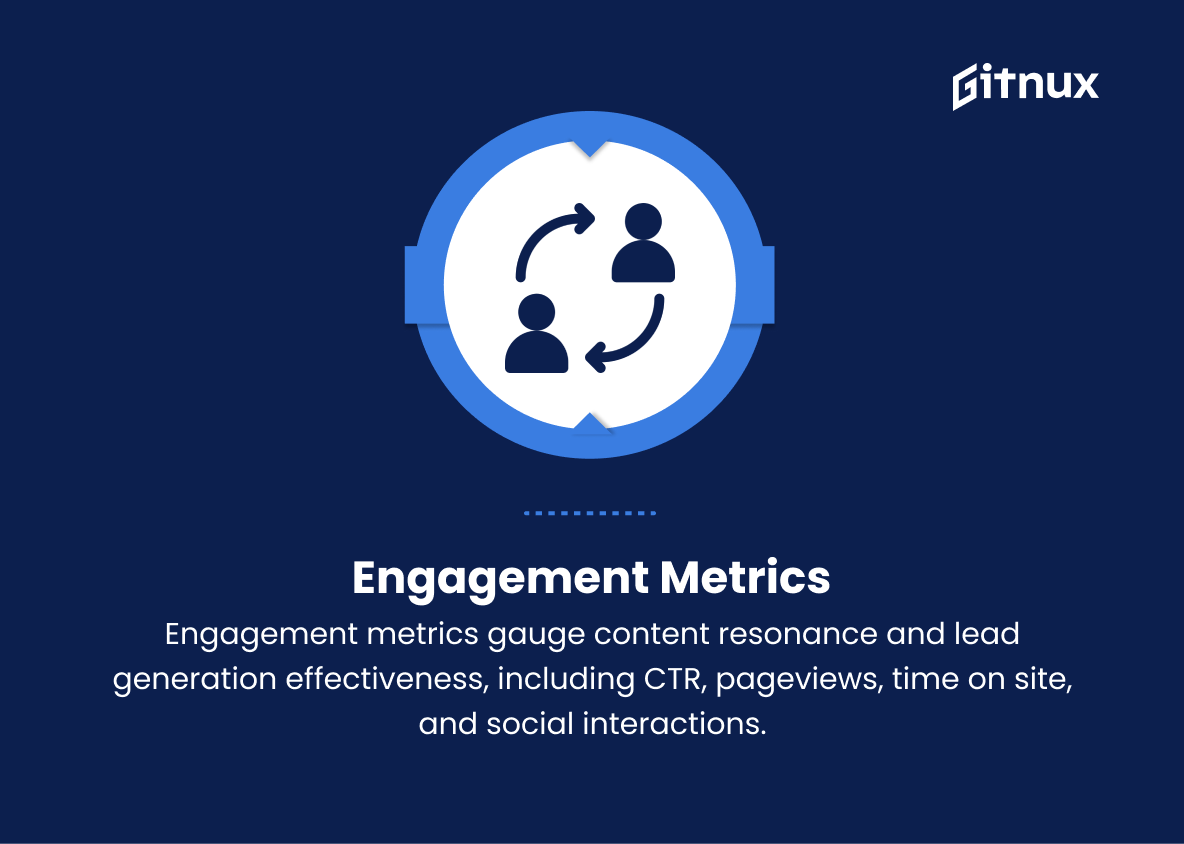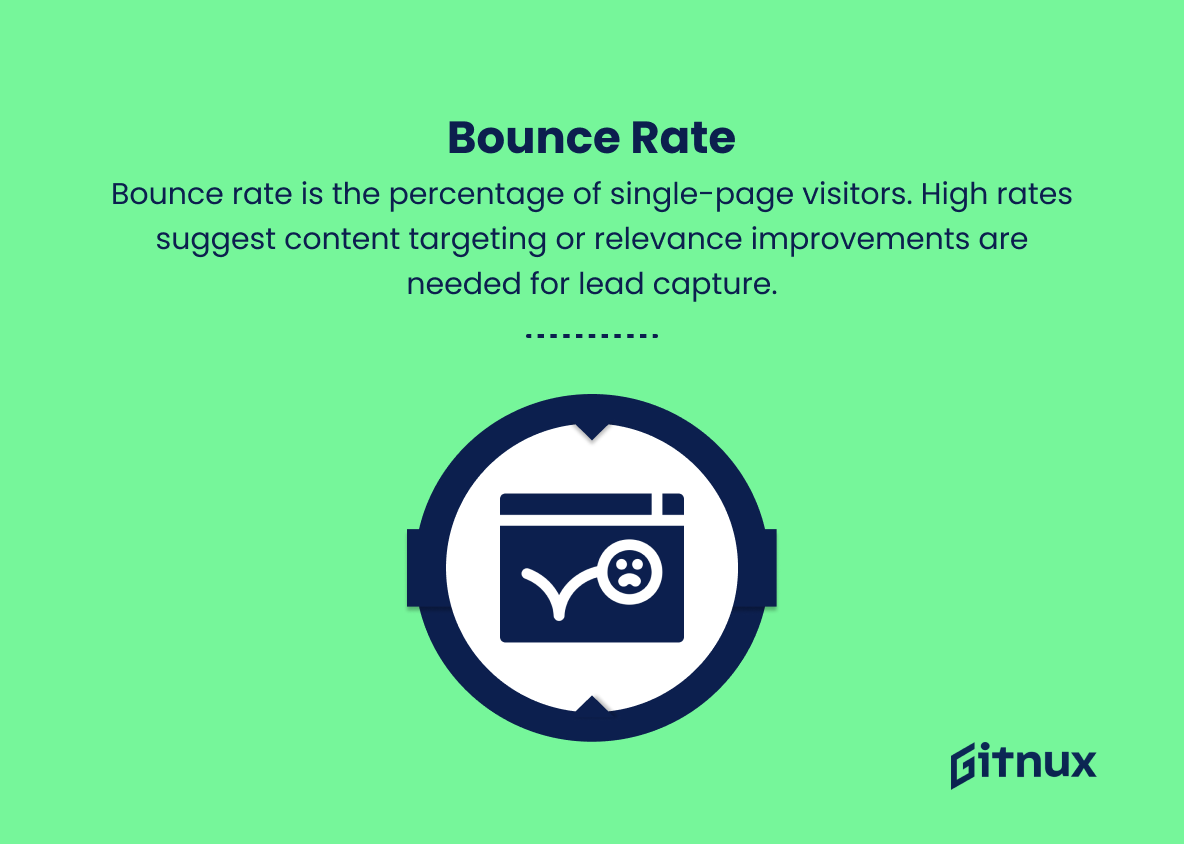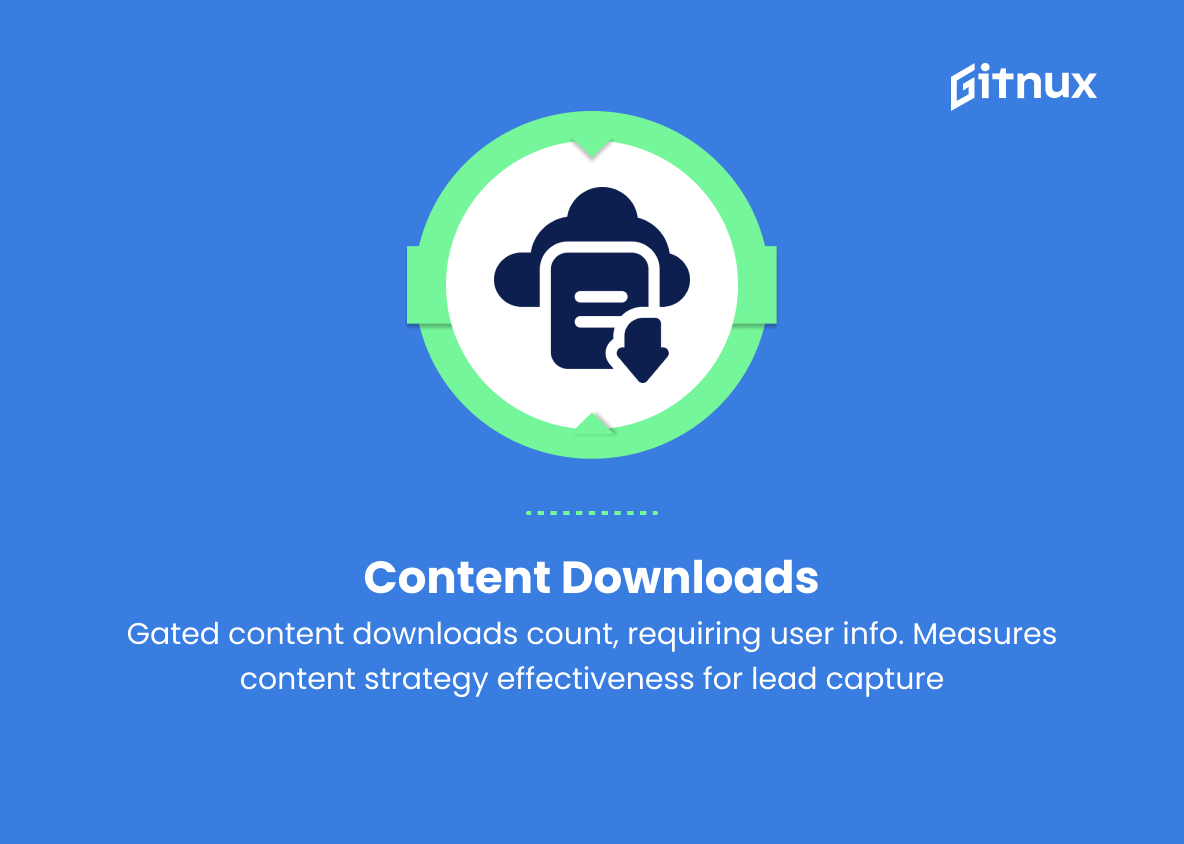In today’s highly competitive business landscape, it has become vital for organizations to not only attract potential customers, but to systematically convert them into loyal clients. This process, known as lead generation, serves as the cornerstone for successful marketing and sales efforts. However, as crucial as it is to create a pipeline of potential clients, the real success lies in understanding the effectiveness of your lead generation strategies.
This is where Lead Generation Key Performance Indicators (KPIs) come into play. In this thought-provoking blog post, we will delve into the world of Lead Generation KPIs, shedding light on their importance, exploring the metrics you should be tracking, and providing insights on how to optimize these KPIs to maximize the results of your marketing and sales initiatives. So, buckle up and prepare to revolutionize your understanding of lead generation success.
Lead Generation KPIs You Should Know
1. Number of leads generated
The total number of new leads acquired during a specific period. This measures the effectiveness of lead generation efforts.
2. Cost per lead (CPL)
The total amount spent on lead generation campaigns divided by the number of leads acquired. This measures the cost-effectiveness of your lead generation efforts.
3. Lead conversion rate
The percentage of leads that convert into sales or opportunities. This measures the quality of leads and the effectiveness of your sales process.
4. Time to conversion
The average time it takes to convert a lead into a customer or opportunity. This measures the efficiency of your sales process.
5. MQLs (Marketing Qualified Leads)
Leads that have been evaluated and deemed more likely to become customers based on specific criteria. This measures the effectiveness of marketing efforts in generating high-quality leads.
6. SQLs (Sales Qualified Leads)
Leads that have been deemed ready for direct sales engagement based on specific criteria. This measures the effectiveness of sales efforts in qualifying and converting leads.
7. Lead nurturing effectiveness
The percentage of leads that move from the top to the bottom of the sales funnel. This indicates the success of follow-up efforts in engaging and nurturing leads.
8. Lead source effectiveness
The percentage of leads generated from different sources (e.g., website, trade shows, referrals, etc.) that convert into customers or opportunities. This measures the effectiveness of various lead generation channels.
9. Website leads
The number of leads generated through your website, often measured by form submissions or sign-ups. This indicates the effectiveness of your website in attracting and capturing leads.
10. Email marketing leads
The number of leads generated through email marketing campaigns. This measures the effectiveness of your email marketing efforts in lead generation.
11. Social media leads
The number of leads generated through social media platforms such as LinkedIn, Twitter, and Facebook. This indicates the effectiveness of your social media strategy in generating leads.
12. Return on investment (ROI)
The return generated from lead generation efforts, calculated as the revenue gained from converted leads minus the total costs of lead generation. This measures the profitability of your lead generation efforts.
13. Engagement metrics
These are indicators of how well your content and messaging are resonating with your audience to generate leads, such as click-through rates, pageviews, time on site, and social media interactions.
14. Bounce rate
The percentage of visitors who leave your website after viewing just one page. A high bounce rate may indicate that you need to improve the targeting or relevance of your content to better capture leads.
15. Content downloads
The number of downloads of gated content pieces such as whitepapers, e-books, or webinars, which often require users to provide their contact information to access the material. This measures the effectiveness of your content strategy in attracting and capturing leads.
Lead Generation KPIs Explained
Lead Generation KPIs are essential in evaluating the success and effectiveness of marketing and sales efforts. They provide insights into the quantity and quality of leads, cost-effectiveness of campaigns, lead nurturing, conversion rates, and channel-specific lead generation. The various KPIs, such as the number of leads generated, cost per lead, lead conversion rate, and time to conversion, help businesses understand their ROI and make informed decisions on where to allocate resources for optimal results.
Additionally, KPIs like MQLs, SQLs, lead nurturing effectiveness, and lead source effectiveness enable organizations to identify the best channels for lead generation and develop targeted strategies for high-quality leads. Monitoring engagement metrics, bounce rate, and content downloads also aid in improving the relevance of content and messaging to better capture and convert leads. Overall, these KPIs help businesses streamline their lead generation efforts, resulting in increased revenue and growth.
Conclusion
In summary, a solid understanding of lead generation KPIs is crucial to evaluate the efficiency of your marketing strategies and make informed decisions on improvements. By monitoring the right KPIs, such as conversion rate, click-through rate, and cost per lead, you can optimize your approach, reduce wastage of resources, and ultimately achieve higher returns on your marketing investment. Remember, the key to success is constantly analyzing your data, keeping an eye on industry trends, and adapting your strategy accordingly.
By consistently tracking and refining lead generation KPIs, you’ll be well-equipped to drive exceptional results and enhance your business’s growth. So, take the time to understand these essential metrics and leverage them effectively to unlock the full potential of your lead generation strategy.
